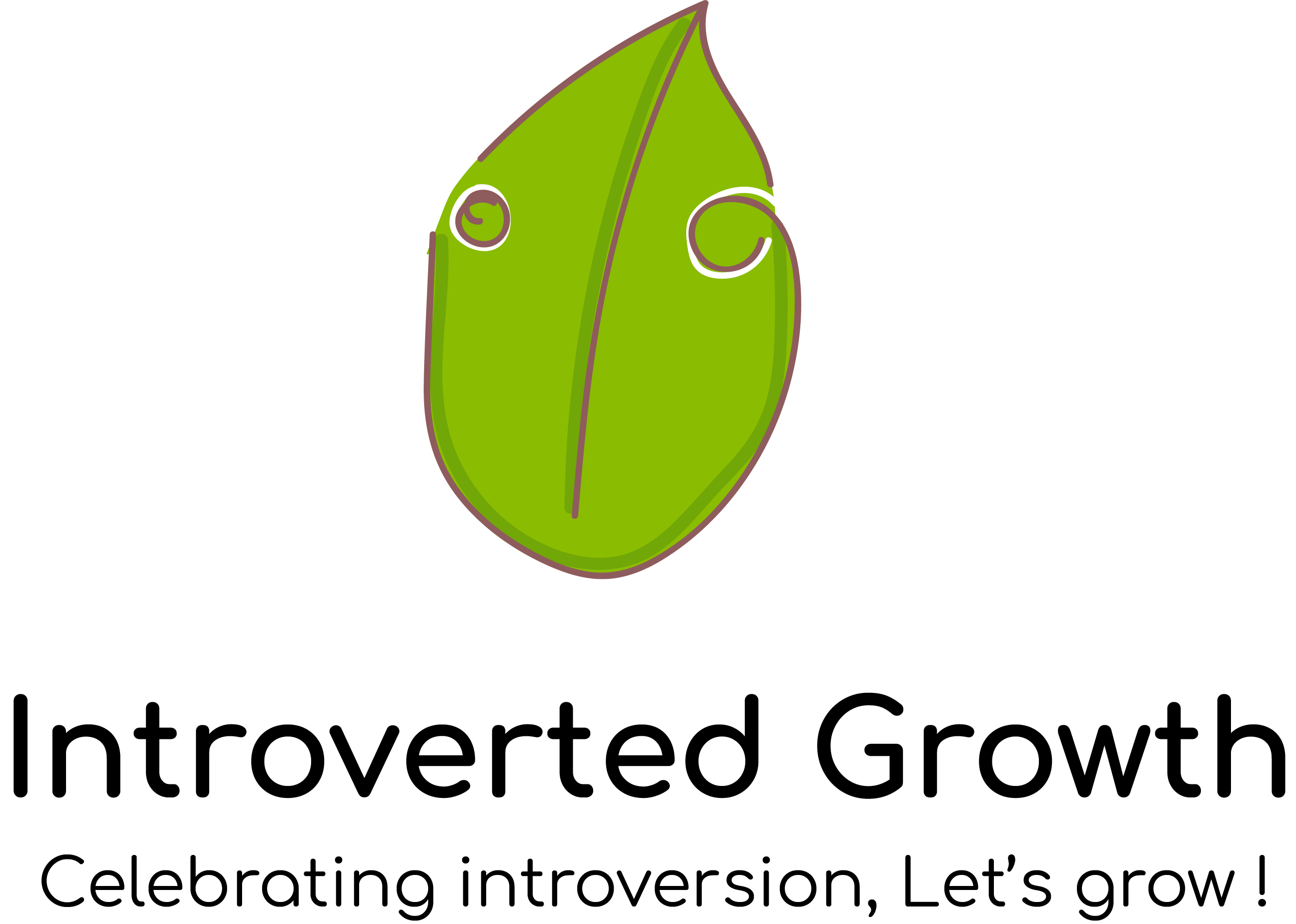ESTPs are known for being outgoing, spontaneous, and adaptable. They are always up for a good time and enjoy being in the moment. However, when an ESTP is unhealthy, things can take a turn for the worse.
In this article, we’ll explore seven of the most common traits of unhealthy ESTPs. We’ll also discuss how to deal with them when they arise.
So if you’re an ESTP, read on! You may find that you recognize yourself in some of these traits – and that’s okay. It is important to be aware of them and work on overcoming them.
Unhealthy ESTP: 6 Key traits and How to Deal with Them
1. Insensitive
ESTPs can be quite insensitive when they are unhealthy. They may not think about how their words or actions will affect others. They will run you down or make fun of you without thinking about how it will make you feel. This can be hurtful and frustrating.
If you’re an ESTP who is behaving this way, try to be more aware of other people’s feelings. Put yourself in their shoes and think about how your words or actions might affect them. If you can see that what you’re doing is hurtful, apologize and try to make things right.
2. Naturally aggressive
ESTPs are naturally competitive and aggressive. This can be a good thing, as it can make them go-getters who are always up for a challenge. However, when unhealthy, this trait can manifest as being overly aggressive or combative. ESTPs may start fights with others or try to dominate every situation. This can be exhausting for those around them and cause problems in their relationships.
If you find yourself behaving this way, try to step back and assess the situation. Is this really something worth getting into a fight over? Is there a better, more productive way to handle this? By learning to control your aggression, you’ll be able to maintain healthier relationships with those around you.
3. High Se
ESTPs have a high level of Se, which means they are very in tune with their senses. This can be a great thing, as it allows them to enjoy life to the fullest. However, when unhealthy, they will become overly dependent on sensory activities to get that rush of adrenaline.
This can lead to risky and dangerous behavior, as they will be constantly seeking new thrills.
It’s extremely important for ESTPs to find a healthy outlet for their Se. If you find yourself engaging in risky behavior, try to find an activity that will give you the same thrill but is less dangerous. For example, instead of sky diving, you could go hiking or rock climbing.
a healthy way to live with high Se is to find a balance between stimulation and boredom, avoiding extremes.
4. Recklessly impulsive
Alongside dealing with their high see rush, unhealthy ESTPs will feel like spinning out of control. This can lead to recklessly impulsive behavior, as they will act without thinking about the consequences. They may engage in risky activities, make impulsive decisions, or say things without thinking about how they will affect others. This can be dangerous and cause problems in all areas of their life.
Try to take a step back and assess the situation before you act. Ask yourself if this is really something you want to do or if it’s just a spur-of-the-moment decision. If it’s the latter, try to walk away and take some time to think about it before you make any rash decisions.
5. Overly competitive
ESTPs are known for their competitive streak. This can be a great motivator, as it drives them to achieve their goals. However, when unhealthy, this trait can become detrimental.
ESTPs may find themselves always trying to one-up others or needing to be the best at everything they do. This can lead to problems in their personal and professional relationships.
Becoming sour over every little thing, an unhealthy ESTP will find that they’re their own worst enemy. If you find yourself in this situation, try to take a step back and assess why you’re feeling this way. Is it really worth getting so worked up over? What is the worse that could happen if you’re not the best? By learning to control your competitiveness, you’ll be able to maintain healthier relationships with those around you.
6. Manipulative
Just like unhealthy ENFJs, When an unhealthy ESTP find themselves in a difficult situation, feeling cornered or trapped they may use manipulation to get what they want. This can be done through emotional manipulation, using others’ weaknesses against them, or playing on their sympathies.
They may use outright lies in order to get their way This can be extremely damaging to relationships and cause long-term problems.
a healthy ESTP would use their Ni and Fe to find a more diplomatic way to get what they want without having to resort to manipulation.
Look within yourself to see why you feel the need to manipulate those around you. Is there a better way to handle this situation? If you can learn to control your manipulative behavior, you’ll be able to maintain healthier relationships with those around you.
CONCLUSION
Here are the 6 key traits of an unhealthy ESTP:
1. Insensitive
2. Naturally aggressive
3. High Se
4. Recklessly impulsive
5. Over competitive
6. Manipulative
If you’re an ESTP, it’s important to be aware of the potential for becoming unhealthy. By understanding the warning signs, you can catch yourself before you spiral out of control.
If you know someone who is an unhealthy ESTP, the best thing you can do is try to help them get back on track. Start by sharing this article with them and be there for support and guidance. Only by working together can you hope to overcome the challenges of being in an unhealthy state.






